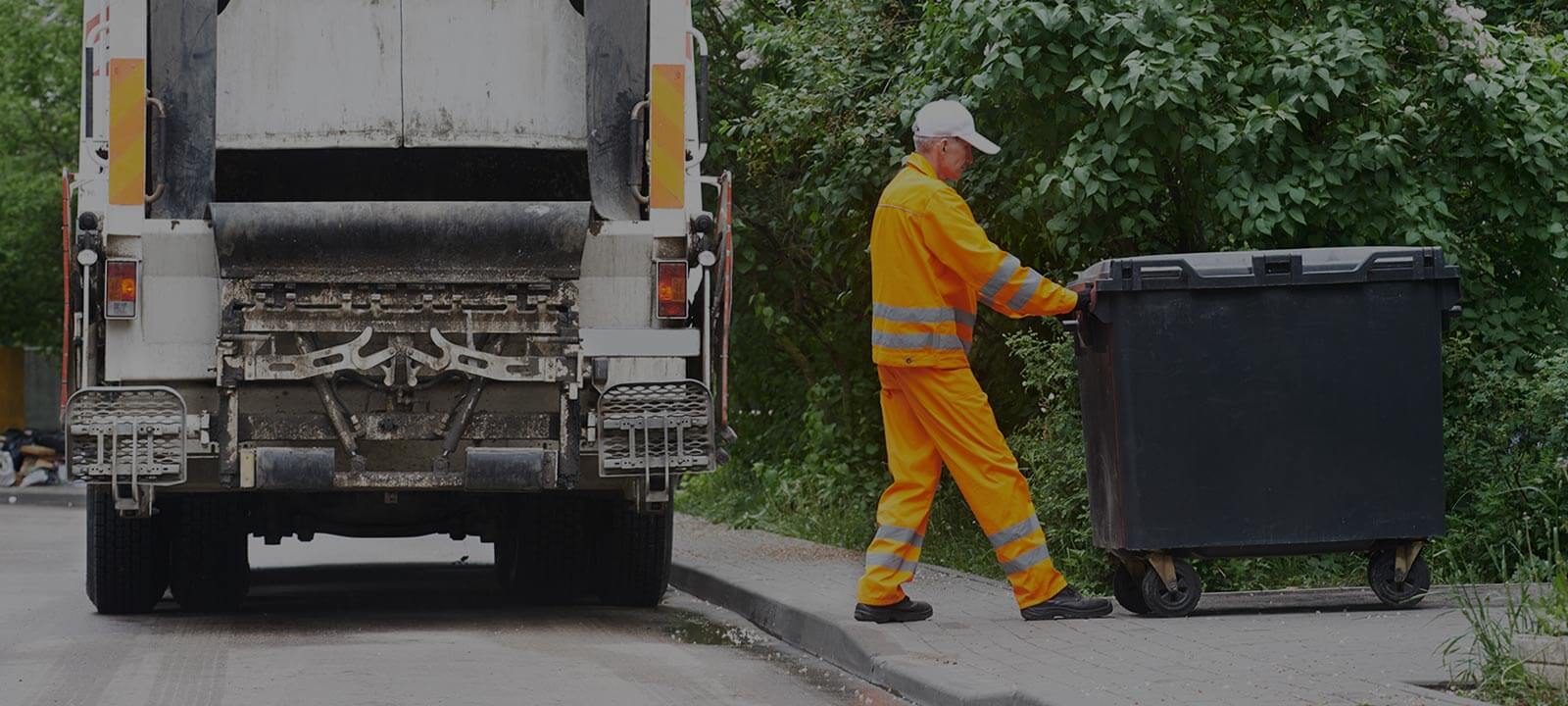Waste Transfer Notes Info
Posted on 30/08/2025
Waste management is a critical aspect of modern living, and one of the essential components of effective waste management is the Waste Transfer Note (WTN). This document ensures that all parties involved in the disposal, transfer, and treatment of waste are accountable and compliant with the law. Understanding Waste Transfer Notes can make a significant difference in how you handle waste, ensuring both legal compliance and environmental protection.
What is a Waste Transfer Note?
A Waste Transfer Note is a document that records the transfer of waste from one party to another. Whether you are a business owner, a waste carrier, or a waste management facility operator, you are required by law to document each instance of waste transfer. This note includes critical information about the type and quantity of waste, the parties involved, and assurances that the waste is being handled responsibly.

Why Are Waste Transfer Notes Important?
Waste Transfer Notes play a crucial role in ensuring that waste is managed responsibly. They provide a paper trail that can be used to track the journey of waste from its point of origin to its final destination. This traceability helps in preventing illegal dumping and ensures compliance with waste management regulations. Furthermore, WTNs can be used for auditing purposes, making it easier to identify areas for improvement in waste handling procedures.
Components of a Waste Transfer Note
Understanding the specific components of a WTN can help you ensure that your documentation is complete and compliant. A typical Waste Transfer Note includes:
- Details of the Waste: Description, quantity, and European Waste Catalogue (EWC) code for the waste.
- Details of the Transferor: The person or business transferring the waste.
- Details of the Transferee: The person or business receiving the waste.
- Transportation Information: Details about the vehicle and carrier license number.
- Certifications: Signatures from both parties to confirm that the waste is correctly described and will be handled legally.
Legal Obligations and Compliance
Failure to maintain accurate Waste Transfer Notes can result in severe penalties, including fines and legal action. The law requires that these documents be kept for a minimum of two years, and they must be readily available for inspection by regulatory authorities. Compliance also involves ensuring that the waste is transferred to a licensed waste carrier and that all necessary information is recorded accurately.
Digital Waste Transfer Notes
In the digital age, many companies are transitioning from paper-based WTNs to electronic systems. Digital WTNs offer several advantages, such as easier storage, quicker access, and enhanced security. They also facilitate real-time updates and can be integrated with other waste management software, allowing for more efficient tracking and reporting.
Pros and Cons of Waste Transfer Notes
While Waste Transfer Notes are essential for legal compliance and environmental protection, they come with their own set of pros and cons.
Pros
- Ensure legal compliance and avoid penalties.
- Improve traceability and accountability in waste management.
- Facilitate audits and inspections by regulatory authorities.
- Help in identifying areas for improvement in waste handling procedures.
Cons
- Time-consuming to fill out and maintain, especially in paper form.
- Potential for errors and inaccuracies in documentation.
- Additional administrative burden for small businesses.
- Cost associated with maintaining and storing these documents.
Tips for Efficient Waste Transfer Note Management
- Train your staff on the importance of WTNs and how to fill them out correctly.
- Consider using digital WTNs to streamline the process.
- Regularly review and audit your WTNs to ensure accuracy and completeness.
- Work with a reliable waste carrier to ensure all legal requirements are met.

Key Takeaways
Waste Transfer Notes are vital for maintaining legal compliance and environmental responsibility in waste management. They provide traceability and accountability, helping to prevent illegal dumping and ensure that waste is handled properly. Understanding the components of a WTN and the legal requirements surrounding them can significantly improve your waste management practices.
Conclusion
Waste Transfer Notes are an indispensable part of modern waste management. By documenting every transfer of waste, they ensure that waste is handled responsibly and in compliance with the law. While they may add an administrative burden, the benefits of legal compliance, enhanced traceability, and improved waste handling far outweigh the drawbacks.
Implementing best practices, such as training staff and using digital WTNs, can streamline the process and reduce the risk of errors. By staying informed and compliant, you can contribute to a more sustainable and environmentally friendly waste management system.






